In January 2011, Bill attended a school meeting (a briefing by Bellevue Schools Foundation) at Lake Hills Elementary School and was dismayed to learn that not all children in his own community had access to opportunities to succeed in school and life. Barriers such as income, race, and culture were preventing children from reaching their potential.
There were organizations already working for children, but the achievement/opportunity gaps continued to exist. What was needed was a different approach – a framework that focused on working collaboratively to change systems that would give children the environment and tools to succeed.
That understanding sowed the seed of what is now Eastside Pathways – a community-wide partnership that follows the collective impact framework and is working to close the persisting inequities and help every child thrive, cradle to career.
The journey has been challenging but with the support of the community and a small dedicated staff, Eastside Pathways has celebrated some successful outcomes.
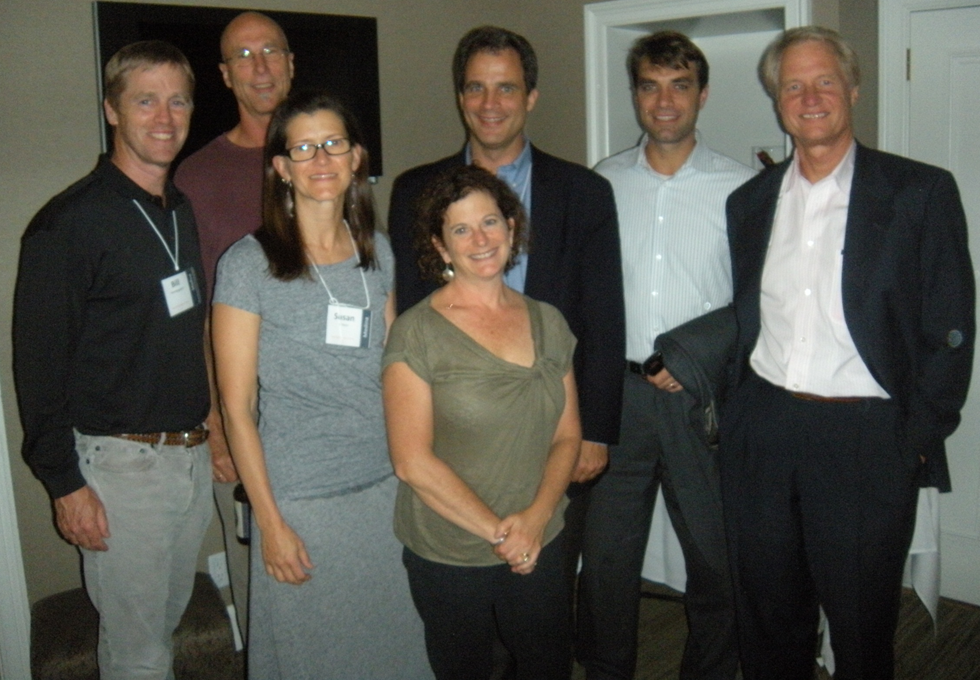
Early beginnings: Standing in front, Bill Henningsgaard, Susan Sullivan, and Janet Levinger with Jeff Edmondson (then with StriveTogether) at the back, second from right and John Kania (author of the collective impact white paper) on his right
Highlights
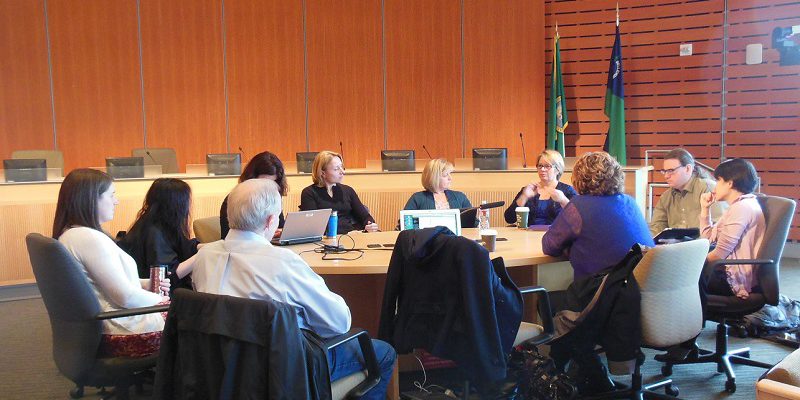
2011
In June the first team, a group of volunteers and members from Bellevue, including the Bellevue School District, City of Bellevue, and the Bellevue Schools Foundation met to begin work. In December the organization, Eastside Pathways, was formally awarded the 501(c)(3) and became a nonprofit organization.
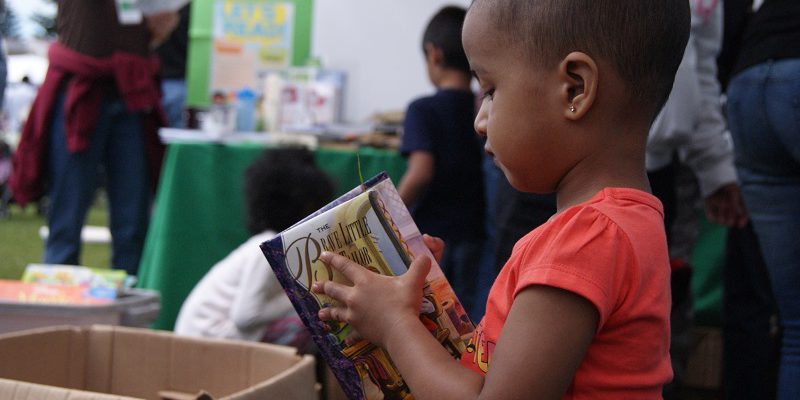
2012
The first campaign focused on 3rd grade reading. Eastside Pathways joined over 100 other communities in submitting a Community Solutions Action Plan (CSAP) as part of the national Grade Level Reading Challenge (GLRC) with the goal of ensuring that 95% of Bellevue’s children are proficient at reading by third grade. Twelve Eastside Pathways partner organizations and many community volunteers contributed to the plan.
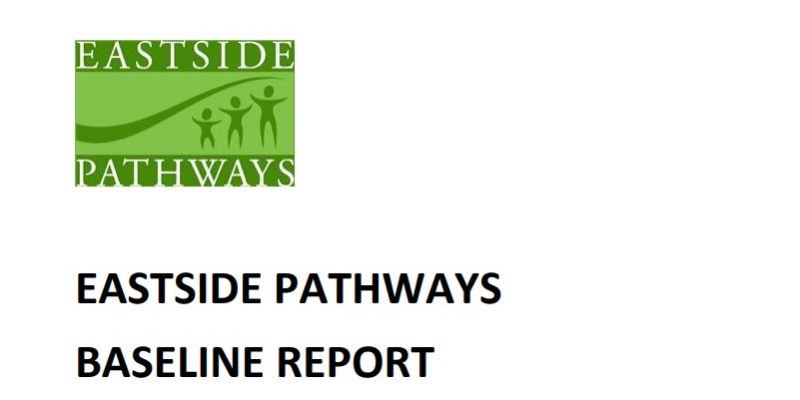
2013
The first baseline report was presented to the community. It focused on the importance of data to set goals and plan collaboratives, and summarized the work of the partnership and its impact on children and youth in the Bellevue community.

2014
Formation of Transitions and Career Pathways collaboratives under the umbrella of the College and Career Readiness Initiative – these replaced the 4th Plus collaborative and focused on improving opportunities for youth from fourth grade to age 26. The goal of this initiative was to ensure that all Bellevue students are prepared for postsecondary and work success. Also, six Eastside Pathways Board members attended – for the first time – a PEG convening.
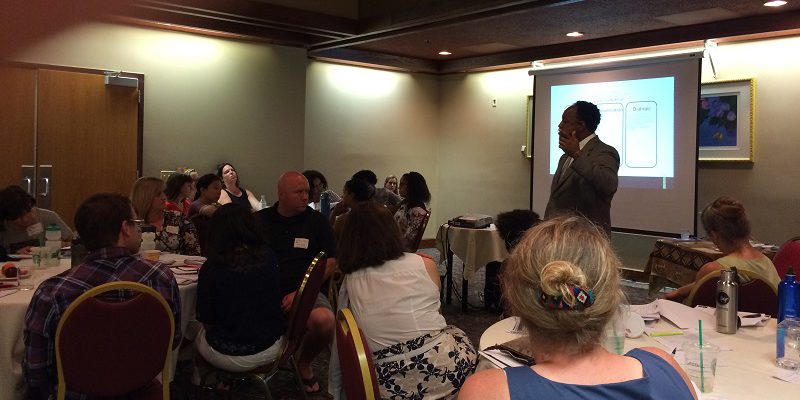
2015
The organization picked up steam as the first hired staff for the backbone provide a more structured working environment. Racial equity was formalized with the setting up of EPRET. The partnership also took a more structured role with the formation of the Partner Leadership Committee. Read some end of year reflections.
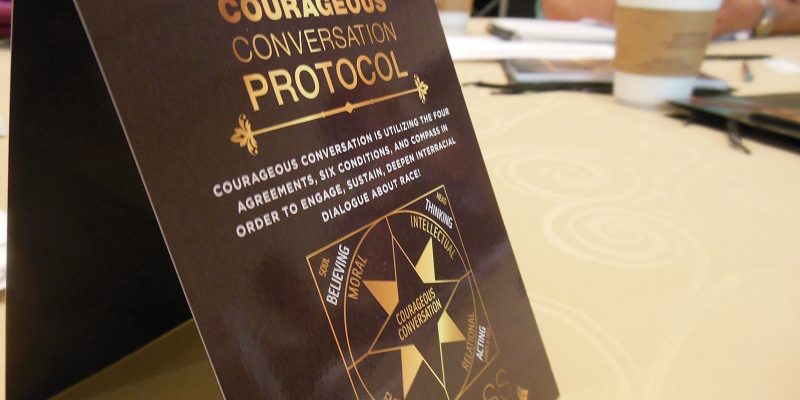
2016
Eastside Pathways invested in deepening their adaptive leadership and racial equity understanding to better work within the diverse community. The Eastside Pathways 101 event helped in creating awareness about the work. Twelve organizations signed on as partners and four individuals stepped into leadership roles in a collaborative.

2017
The Promotores Project was a great success as eight Promotores were trained to lead change in their community. Expanding our geographic reach, we welcomed Lake Washington School District as our partner in June.

2018
More than 80 individuals and organizations attended the first Collaborative Convening to celebrate their work and committment to more effectively shape systems, which better serve children, cradle to career. Eastside Pathways also restructured their board, unifying the earlier Board and the Partner Leadership Committee.
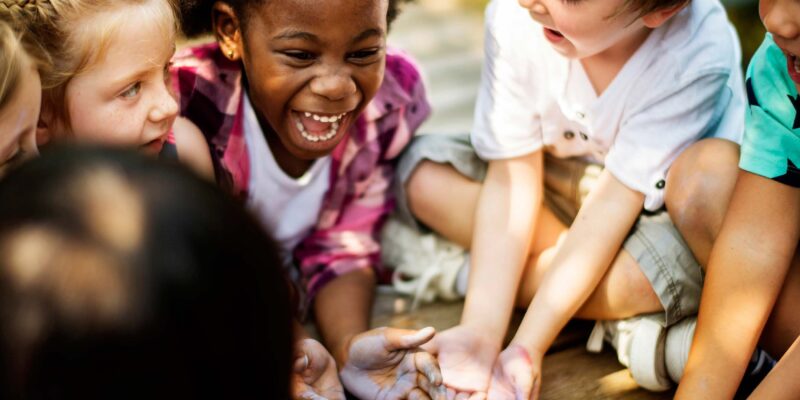
2019
The 2019 Community Report shared the outcomes of the work done by the Eastside Pathways Partnership. Using data from the fall of 2018, about 57 percent of children entering kindergarten are doing so with expected skills; 78 percent are reading proficiently by third grade; 93 percent of youth graduated within the expected four-year time frame; and about 61 percent of youth earned a postsecondary degree within the six years following high-school graduation.

2020
The Eastside Pathways 2020 – 2023 Strategic Plan was rolled out. It calls for all collective and internal work to have racial equity at the center and to actively engage those who are impacted in diagnosing and developing solutions.
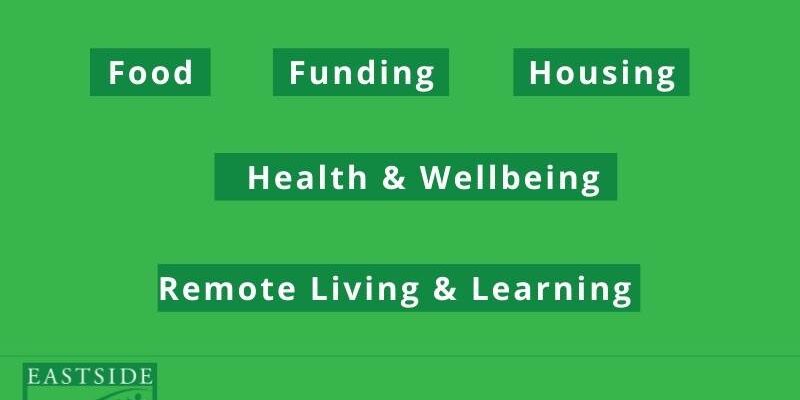
2021
During the pandemic, the Covid-19 Response CAN was an important space that enabled a shared understanding of the landscape in E King County and discussion of challenges that quarantining brought, and leveraged the urgency of change in our community.

2022
The Partnership made a commitment to racial equity and created a framework that would “reduce harm and increase equity”. Individuals and organizations were invited to sign the Eastside Pathways Equity Pledge that outlined the values and resources needed to sustainable address racial inequities within our community.
